
Dec.22
Elizabeth Andoh: A Taste of Culture – KUMQUATS
Dec.22
Kumquats are called kinkan 金柑 in Japanese, meaning “golden citrus.” The scientific name is Citrus japonica, though the fruit is native to south-east China where they have been cultivated for hundreds of years. There are dozens of varieties of kumquats. The round Marumi and Meiwa are the most popular in Japan while oval-shaped Nagami fruits are more…
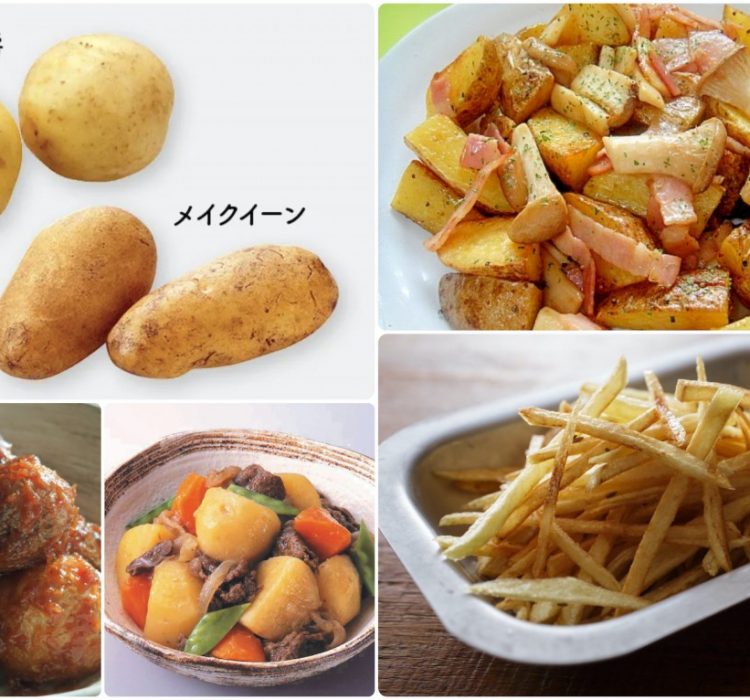
Nov.07
Elizabeth Andoh: A Taste of Culture – POTATOES
Nov.07
The potato is native to the Americas; the Incas are believed to have been the first to cultivate wild tubers along the Andes Mountain range. The Incas boiled, roasted, and fermented potatoes; they also dehydrated them to extend storage. In the mid-16th century, gold-seeking Spanish Conquistadors brought the spud to Europe, and from there it…

Oct.06
Elizabeth Andoh: A Taste of Culture – TONBURI: Caviar of the Fields
Oct.06
How are the three objects pictured above — a broom, a bright pink bush and a package of greenish-black seeds — related to each other? The answer: all are TONBURI also known as hōki-gusa (literally “broom plant”). The scientific name is Kochia scoparia / Bassia scoparia. Considered an unwelcome weed in many parts of the world, in Japan the plant…
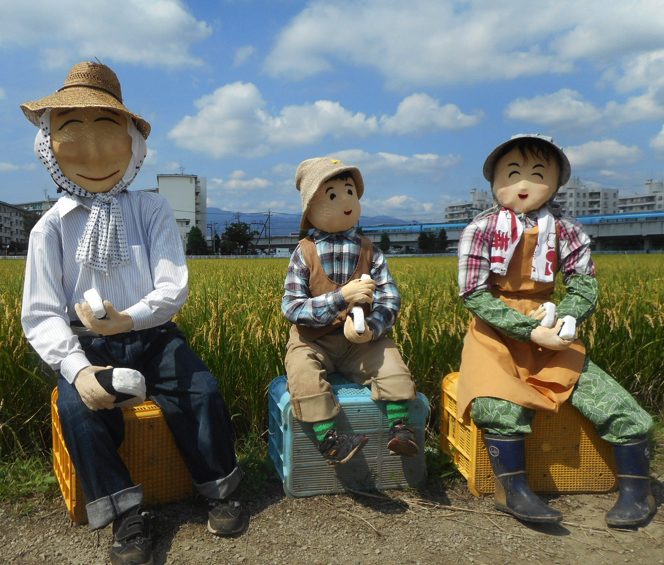
Sept.16
Elizabeth Andoh: A Taste of Culture – Kakashi Guarding the Fields
Sept.16
Farmers around the world deploy “scarecrows” to guard their crops from undesirable flying, crawling, and burrowing creatures. Japan’s kakashi scarecrows that stand guard over rice fields tend to be more whimsical than frightening figures. Above, rice fields in Kanagawa Prefecture, west of Yokohama, with their guardian kakashi taking a brief lunch break, enjoying onigiri rice balls. For nearly a decade I commuted regularly…
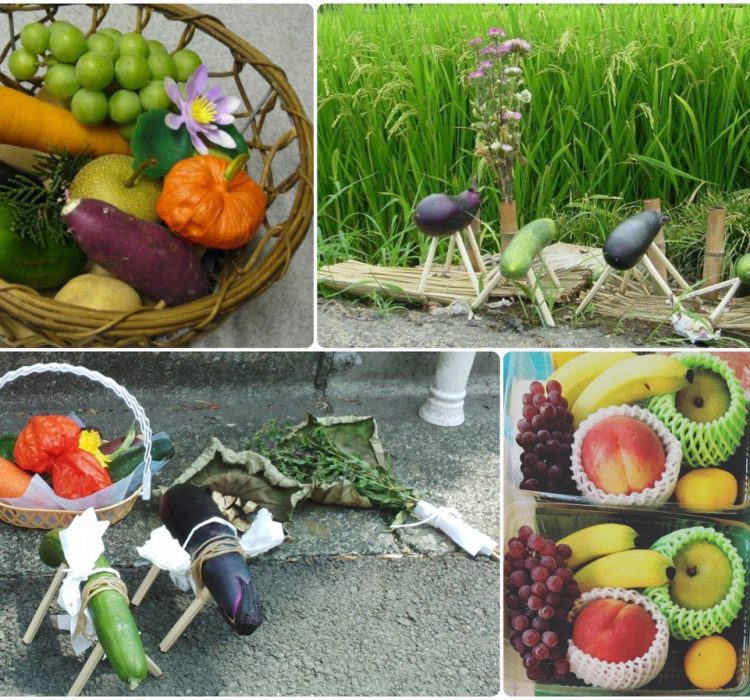
Aug.08
Elizabeth Andoh: A Taste of Culture – OBON: Summer Holidays
Aug.08
OBON, the summertime holiday season in Japan, is when the spirits of the departed are believed to return to this world for a short visit. Far from being considered morbid, it is a pleasant, respectful way for younger generations to stay connected to their ancestors. Its a time for fondly recalling the accomplishments and kindnesses…

July.25
Elizabeth Andoh: A Taste of Culture – Tomatoes
July.25
Originating in Mesoamerica about 7,000 years ago, tomatoes arrived in Japan early in the Edo period (1603-1868) having traveled the globe and being domesticated along the way. The painting above by Kanō Tan’yū 狩野探幽 (1602-1674 AD) shows an ornamental variety of tomato that was labelled togaki, 唐柿, literally “Chinese persimmon.” It wasn’t until the Meiji period (1868-1912), though, that tomatoes,…
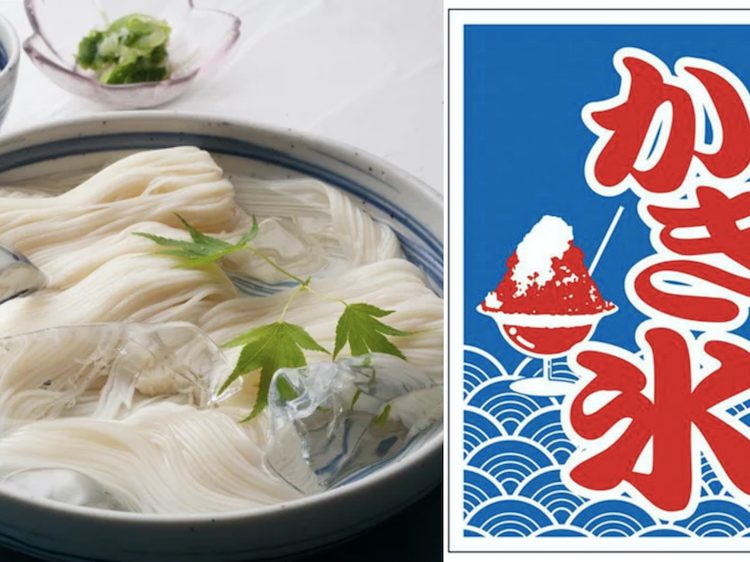
June.27
Elizabeth Andoh: A Taste of Culture – ICE is nice!
June.27
The (relatively cool) rainy season has just begun throughout most of Japan, but make no mistake: the oppressive heat and humidity of summer is on its way. The best culinary counterattack on high temperatures and humidity is ICE. Think glacier-like chunks of ice tinkling in glass bowls with swirls of sōmen noodles surrounding them… then imagine mounds…
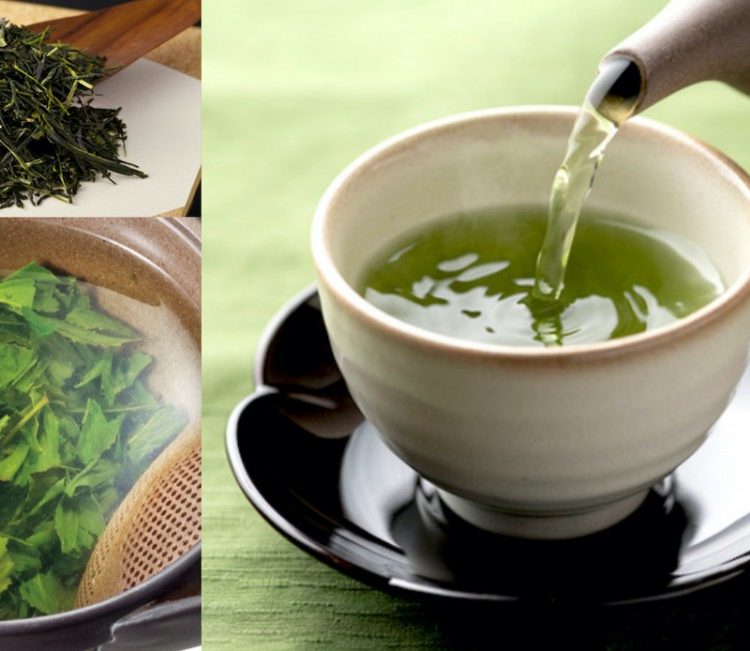
June.02
Elizabeth Andoh: A Taste of Culture – Japanese GREEN TEA
June.02
Drinking green tea, ryokucha 緑茶, is an integral part of daily life in Japan, enjoyed throughout the day. It can run the gamut from ritualized and formal occasions such as chakai ceremonial tea to the most casual moments and settings when thirst is quenched with bottles of green tea dispensed from vending machines found everywhere. Temperatures yesterday suddenly began…

Mar.11
Elizabeth Andoh: A Taste of Culture – NAGA NEGI 長ネギ
Mar.11
Like many vegetables enjoyed in Japan today, naga negi traveled to Japan from China by way of the Korean peninsula; they have been cultivated in Japan since the 8th century. Naga [“long”] negi [“onions”] or Allium fistulosum, are called by various names outside Japan: Japanese leeks, Welsh onions, Japanese bunching onion, to name a few….









